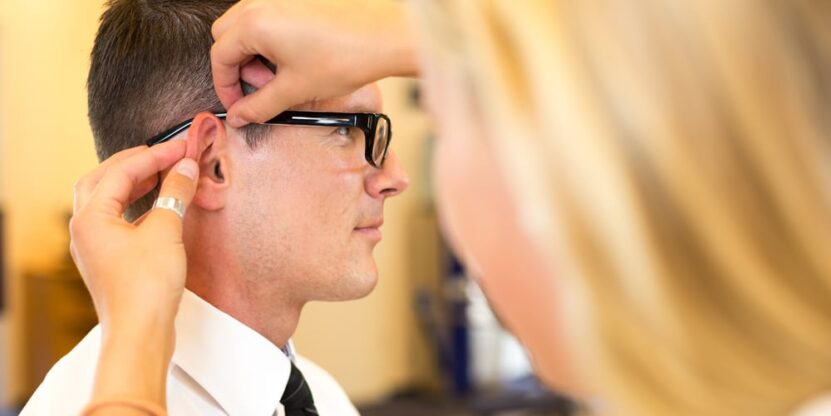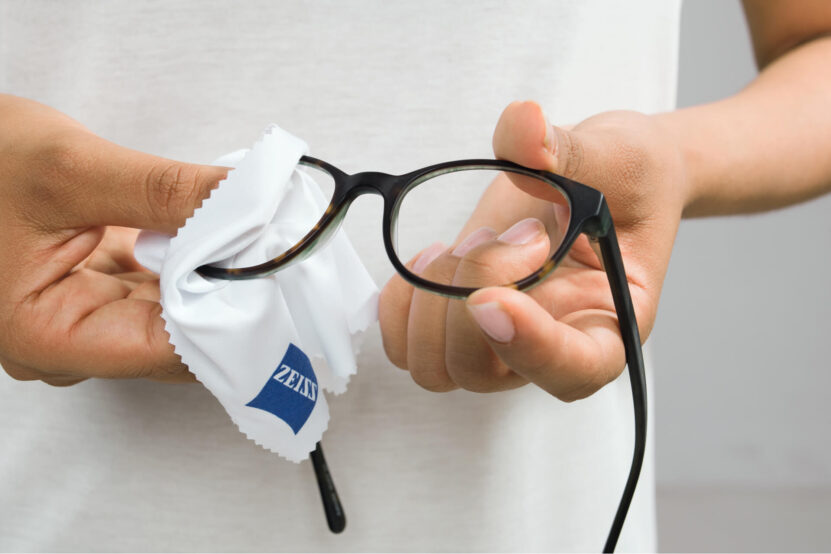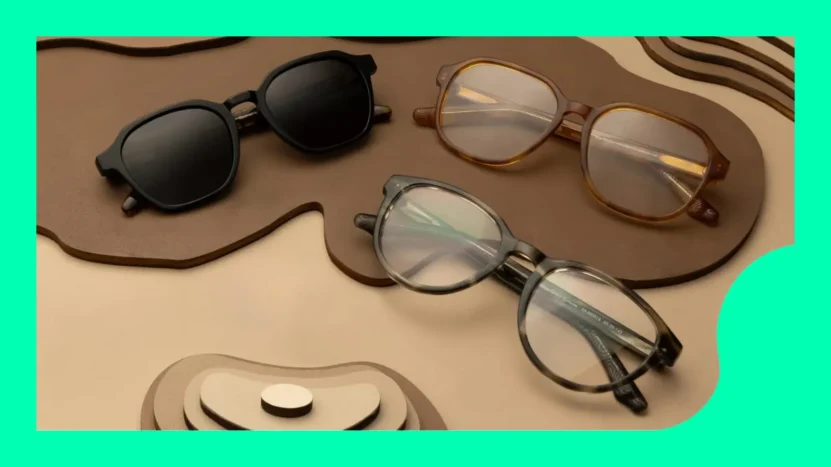Investing in a new pair of glasses is both an exciting and essential decision for many. Whether you’re updating your style, getting a new prescription, or both, there’s a period of adjustment that follows. Slipping on those new frames might bring instant clarity, or, in some cases, a bit of disorientation. As we head into Black Friday, it is the perfect time to update your frames, but how does one navigate through this transition smoothly? To assist you on this journey, we’ve curated a complete guide on understanding and easing the adjustment period for your new frames.
Understand the Timeline of Adjustment

Instant Gratification
Mild Prescription Changes: If you’ve only had a slight update from your previous prescription, you may instantly feel more comfortable and clear-sighted. This immediate comfort can be attributed to your eyes not needing to adapt drastically.
Significant Prescription Changes: On the other hand, if there’s been a considerable change in your prescription, your first wear might feel disorienting. Objects may appear distorted or tilted. This is your brain’s response to the sudden change with your vision. Within a few hours to a couple of days, this unfamiliarity should begin to subside.
Peripheral Changes:
Frame Influence: A change in frame style, especially if you’re switching from smaller to larger lenses (or vice versa), can affect how you perceive objects in your peripheral vision. Larger frames often give a broader field of vision, which may be overwhelming initially.
Lens Shape: Rounded lenses versus squared ones can slightly alter the angles at which light enters your eyes. This can make objects in your periphery seem skewed. Typically, within a week, your brain adjusts to these new angles.
Progressive Lenses:
Understanding the Gradient: Progressive lenses combine multiple prescriptions in one lens. The top usually caters to distance vision, the middle for intermediate, and the bottom for reading. Initially, you might find yourself tilting your head to find the right angle for clear vision.
Refining Focus: Over a week or two, you’ll subconsciously learn to shift your gaze, not your head, to use the correct lens region. It’s like learning to switch gears in a car; with practice, it becomes second nature.
Frame Adjustments:
Material Matters: Lightweight materials like titanium might feel drastically different from heavier plastic frames. The initial days might feel either liberating or insubstantial, depending on what you’re used to.
Nose Pads and Temples: Glasses with nose pads can be adjusted for a snug fit, while some plastic frames might not offer the same flexibility. Additionally, the temple length and curvature can affect how the glasses grip the side of your head. It’s essential to ensure that the frames sit comfortably on these touchpoints to prevent extended adjustment periods.
As you navigate through these stages, it’s essential to remember that everyone’s experience is unique. The key is patience, however, if discomfort persists beyond a reasonable period, always consult with your optometrist.
Physical Comfort and Frame Fit

The Right Grip: Frames shouldn’t be too tight or too loose. If you feel pressure or discomfort, especially behind your ears or on your nose bridge, it’s time for a minor adjustment.
The Balance Test: Your glasses should sit symmetrically on your face. If one lens seems higher or if your glasses slip down frequently, seek an adjustment.
Recognize and Address Discomfort
Initial Discomfort: A slight discomfort is not uncommon. Your brain and eyes are getting accustomed to a new perspective.
Persistent Issues: If after a week, you still experience severe headaches, dizziness, or blurred vision, revisit your optometrist. It’s possible there’s an error in the lens or the prescription.
Care for Your New Glasses

While this may seem unrelated, the cleanliness and care of your lenses can affect your adjustment period.
Cleanliness is Crucial:
Daily Cleaning: Dust, smudges, and fingerprints on your lenses can cause unnecessary eye strain. Use a microfiber cloth and a gentle lens cleaner to ensure they remain clear. Also, refrain from using harsh chemicals, paper towels, or tissues, as they can scratch your lenses.
Proper Storage:
Case Usage: Always store your glasses in a sturdy case when not in use. This not only protects them from external damages but also keeps them free from dust.
Avoiding Heat: Never leave your glasses in direct sunlight or high-heat areas, like the dashboard of a car. Prolonged exposure to heat can warp the frames and damage the lens coatings.
Handle with Care:
Two-handed Rule: Always use both hands when putting on or taking off your glasses. This ensures the frames do not bend or twist out of shape.
Positioning: When placing your glasses down, always ensure the lenses face upwards to prevent scratches. Never hang them from your shirt collar or place them on your head, as these habits can distort their shape.
By giving your glasses the care they deserve, you’re not only preserving their lifespan but also ensuring the adjustment period to your new prescription is as smooth as possible. A clear, well-maintained lens can significantly reduce potential strain and discomfort
Patience is Key
Adjusting to new glasses is similar to breaking in a new pair of shoes. Initially, there might be some discomfort, but with time and patience, it becomes an extension of you. Celebrate the clearer vision and trust that your eyes and brain will sync up soon.
Black Friday Tips for Glasses Shoppers

Updated Prescription: Before diving into the Black Friday deals ensure you’re armed with an up-to-date prescription.
Fit over Fashion: While it’s tempting to go for the most stylish frames, prioritize fit and comfort. Remember, you’ll be wearing these daily.
Consultation: Not sure which frames suit your face or need clarity on lens types? Many online retailers, like SmartBuyGlasses.com, offer the ability to virtually try-on your frames so you can see which style best suits you!
Adjusting to new frames can be tricky, but having clear vision and healthy eyes is the ultimate goal. Using the tips in this guide not only ensures a wise purchase but eases the transition experience as best as possible. Remember, the world always looks brighter through a well-fitted, clear lens!
